Palace Personalities - House of Anna Vyrubova
200 Feet from the Palace Entrance Gates
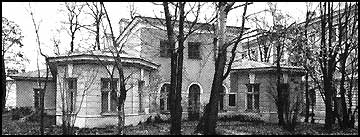
Anna Vyrubova, the close friend of Alexandra, lived here until 1917. She paid about $100 a month for the villa, which would be $1,950 today - an enormous sum in those days. The Imperial family used to visit Anna's house frequently. It was very cold in winter, because the foundations were shallow and the house was not built as a summer house. In her book Memories of the Russian Court from the 1920's Anna wrote:
"The little house, however, was far from being the luxurious in which I have often been pictured as living. As a matter of fact, it was frightfully cold in winter because the house had no stone foundation but rested on the frozen earth. Sometimes when the Emperor and Empress came to tea we sat with our feet on the sofa to keep warm. Once the Emperor jokingly told me that after a visit to my house he kept himself from freezing only by going directly to a hot bath.
The terraces around the house were icy and could be dangerous in winter. Even the Empress had to be careful. Once she slipped and fell badly on the terrace. Seeing an Empress fall flat on her face was more embarrassing for her escort than for Alexandra. Pratfalls like this were one of the things the family laughed at the most. It punched a hole in the 'Imperial image' that people expected of them and which made their public lives so rigid and formal. After a gracious entrance to a dance Maria slipped and fell right in front of the whole court. Her parents just laughed and cracked jokes between them about their daughter's reputation for clumsiness. On another occasion a waiter spilled some sturgeon on Alexandra at a dinner. Horrified, the waiter helped her clean up and went back for more fish. He came back with a new tray, only to slip on some oil on the floor, dropping the whole fish into the Empress' lap. The accident invoked gales of laughter from the family who weren't used to seeing Alexandra in evening dress, jewels and sturgeon.
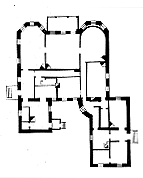 Visiting Anna's house was a thrill for the young Grand Duchesses. Anna would invite young men to tea, which was exciting for the young women who longed for more contact with the outside world. Also, the coziness of Anna's house had the sort family atmosphere the Romanovs longed for. It gave the illusion of middle class life, although the 'little house' was really a mansion when compared to the home of an average resident of St. Petersburg.
Visiting Anna's house was a thrill for the young Grand Duchesses. Anna would invite young men to tea, which was exciting for the young women who longed for more contact with the outside world. Also, the coziness of Anna's house had the sort family atmosphere the Romanovs longed for. It gave the illusion of middle class life, although the 'little house' was really a mansion when compared to the home of an average resident of St. Petersburg.
Because she didn't want to compromise her friend, and set tongues wagging about 'special favors', Alexandra didn't give many presents to Anna. One of the biggest gifts she gave Anna was a set of chairs for her house.
Alexandra occasionally met Rasputin at Anya's house, rather than at the palace. Visits to Anna house were not recorded in the court circular. She could met people there without the elaborate ceremony and fuss that involved anyone visiting her at the palace. One thing that could not be avoided was the secret police. They were everywhere and kept records on anyone who even casually met the Romanovs. This irked them to no end, but they knew they couldn't stop it, since the police were simply trying to protect them.
The plan on the right shows the layout of the house. After the revolution the house was loaned to the Soviet artist I.V. Ershov of the Leningrad Conservatory. From 1936 until the German occupation in 1941 the house continued to be used by the Conservatory. Because the Russian poet Pushkin visited the house and its early construction date of 1816, the Soviet Government preserved Anna's house after World War II. Soviet tour guides always denied that Anna's house survived the war, even if they would admit they knew anything about it. It came as a surprise to many people that Anna's house was still around, in the 1960's and 70's, even though hundreds of tourists passed it everyday on their way to the Catherine Palace and Pavlovsk, no one noticed it.
Please send your comments on this page and the Time Machine to boba@pallasweb.com

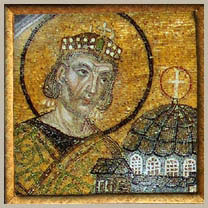



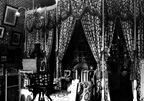 Imperial Bedroom
Imperial Bedroom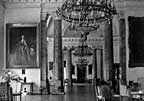 Portrait Hall
Portrait Hall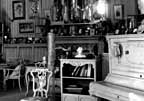 Mauve Room
Mauve Room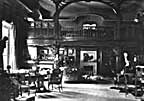 Maple Room
Maple Room Aleksey's Bedroom
Aleksey's Bedroom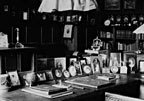 Nicholas's Study
Nicholas's Study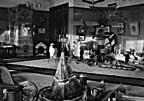 Aleksey's Playroom
Aleksey's Playroom Formal Reception
Formal Reception Balcony View
Balcony View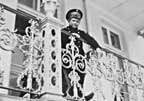 Aleksey- Balcony
Aleksey- Balcony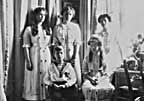 Children-Mauve
Children-Mauve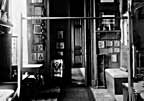 Nicholas's Bathroom
Nicholas's Bathroom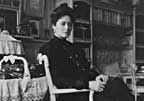 Alexandra- Mauve
Alexandra- Mauve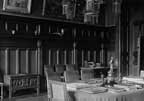 Nicholas's Reception
Nicholas's Reception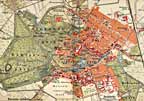 Tsarskoe Selo Map
Tsarskoe Selo Map